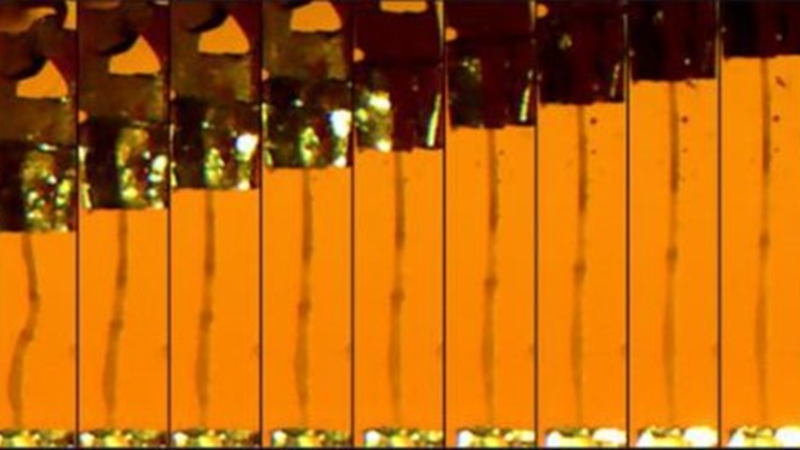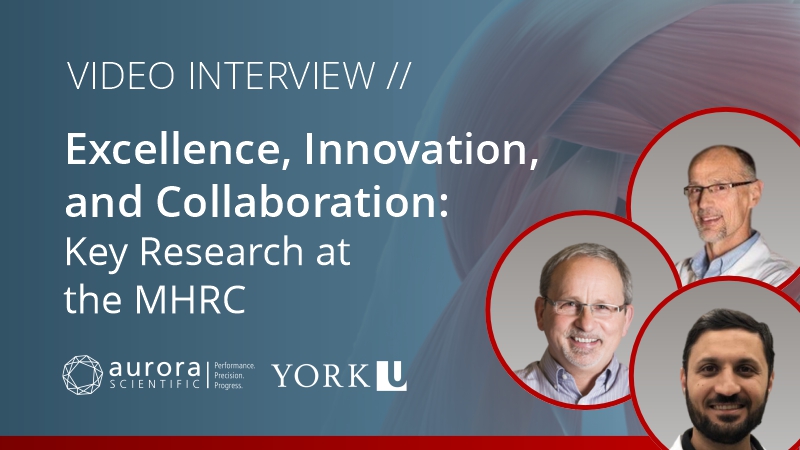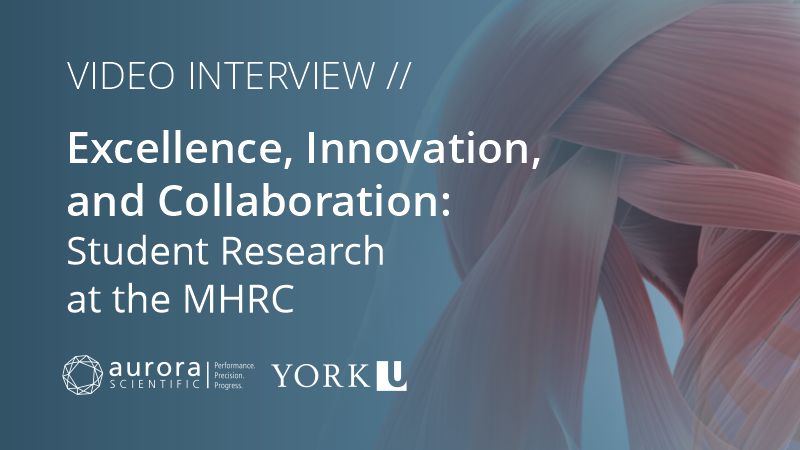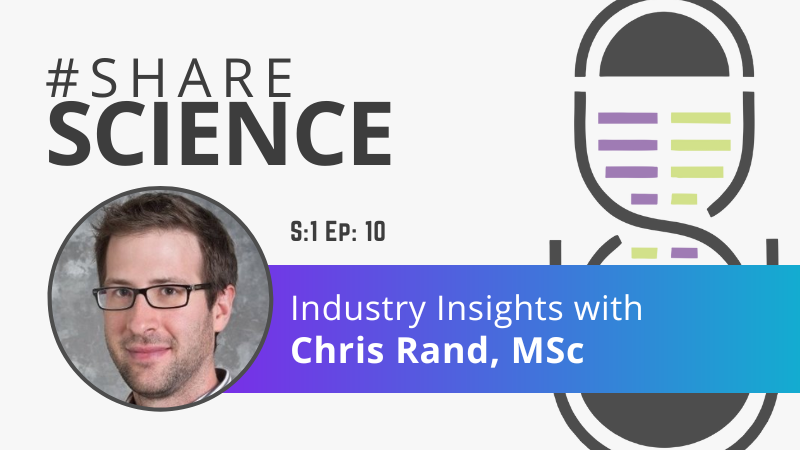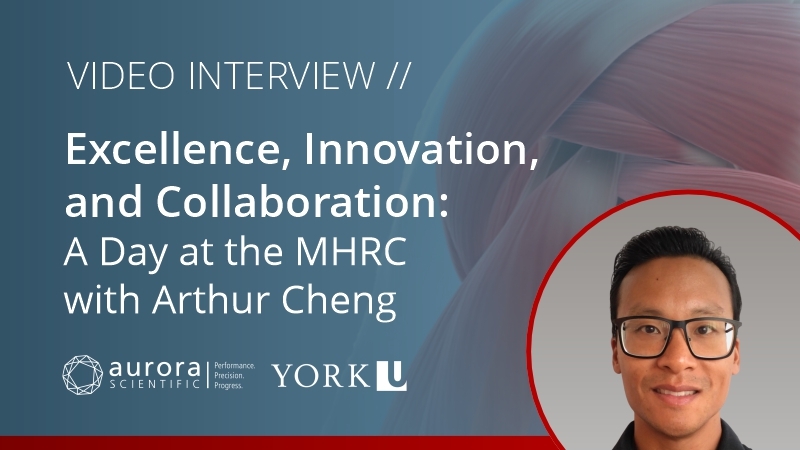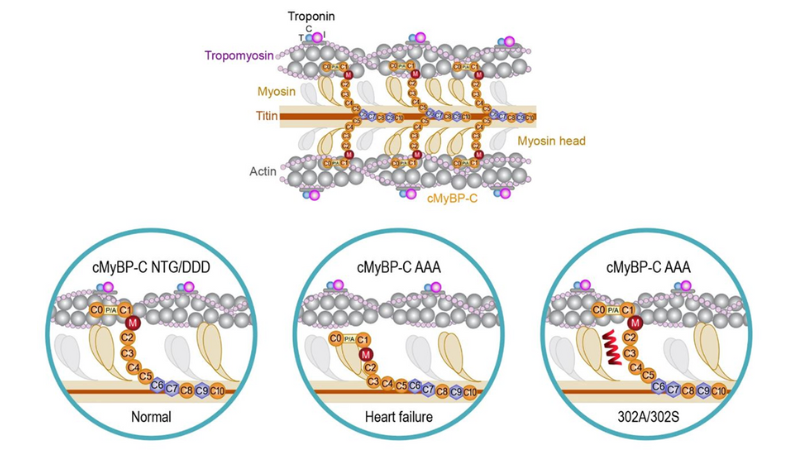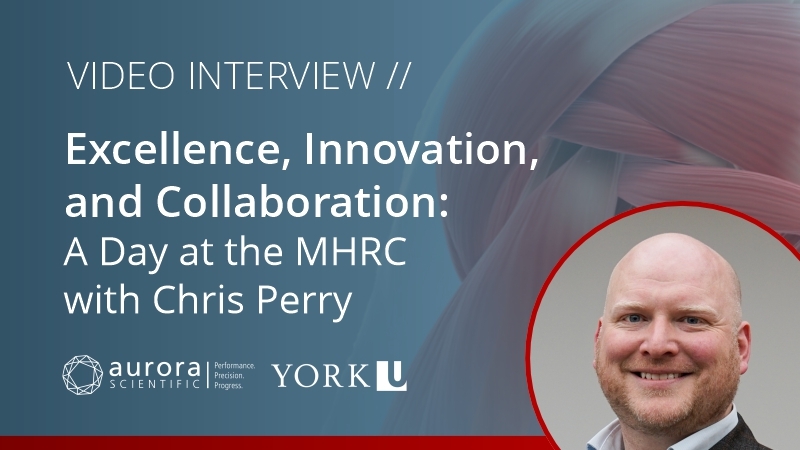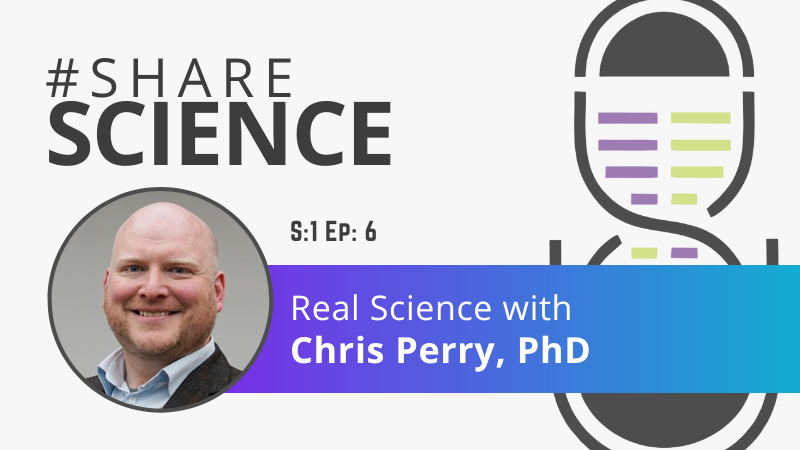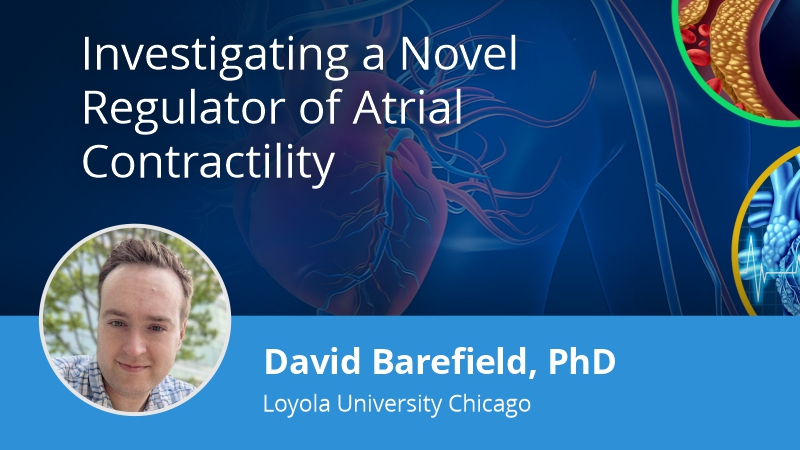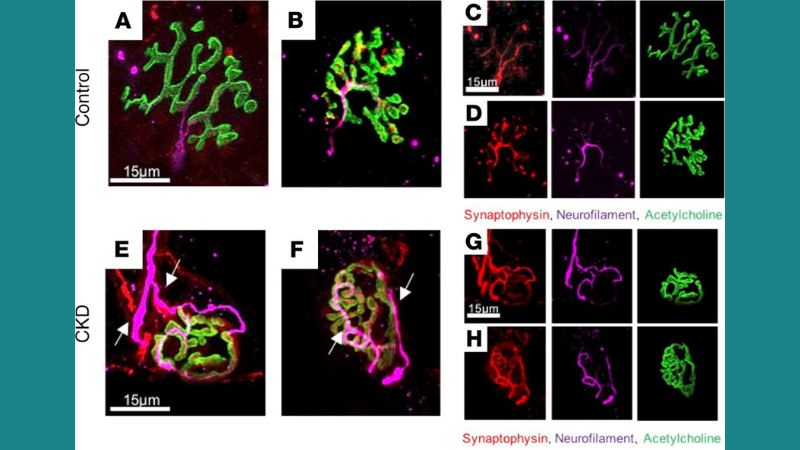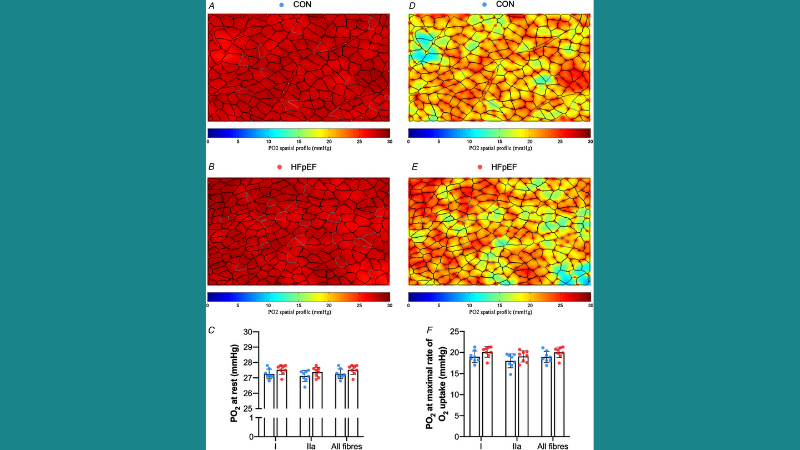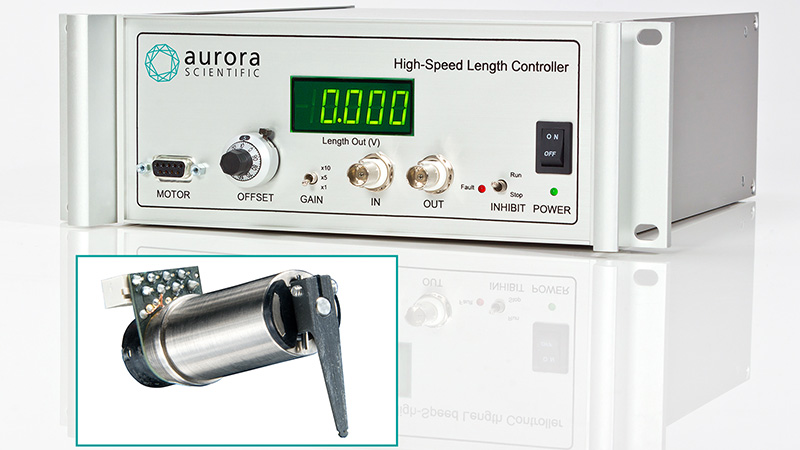Unique and Interesting Animal Models
At Aurora Scientific, we provide instrumentation to help assess muscle biomechanics in a variety of animal models from flies to octopuses, and highlight some recent examples in this publication ...
Excellence, Innovation, and Collaboration: Key Research at the MHRC
This past April, we partnered with InsideScientific and the Muscle Health Research Centre (MHRC) at York University, a one-of-a-kind facility that fosters an interdisciplinary approach to the study ...
Excellence, Innovation, and Collaboration: Student Research at the MHRC
This past April, we partnered with InsideScientific and the Muscle Health Research Centre (MHRC) at York University, a one-of-a-kind facility that fosters an interdisciplinary approach to the study ...
Industry Insights with Chris Rand from Aurora Scientific
Chris Rand, MSc, Sales and Marketing Manager, delves into the start and evolution of Aurora Scientific on this episode of #ShareScience, and our journey within the preclinical research world. He also ...
Excellence, Innovation, and Collaboration: A Day at the MHRC with Arthur Cheng
Interviewing Dr. Arthur Cheng at the Muscle Health Research Centre (MHRC), York University, an innovative research centre that facilitates the interdisciplinary study of muscle biology and the ...
Muscle Function in Diabetes and Heart Failure
This publication review takes a look at muscle function in the context of diabetes and heart failure, and how these mechanistic findings can help develop targeted therapies in the ...
Excellence, Innovation, and Collaboration: A Day at the MHRC with Chris Perry
Interviewing Dr. Christopher Perry at the Muscle Health Research Centre (MHRC), York University, an innovative research centre that facilitates the interdisciplinary study of muscle biology and the ...
Talking Real Science with Chris Perry
Christopher Perry, PhD, an Associate Professor at York University with the School of Kinesiology & Health Science joined us to talk in detail about his career path that led him to study regulation of ...
Investigating a Novel Regulator of Atrial Contractility
Dr. David Barefield gives an in-depth discussion on his research investigating the role of the MyBP-HL protein in atrial ...
Mitochondrial Bioenergetics and Muscle Function
Highlighted in this publication review are systems available from Aurora Scientific that have aided studies of mitochondrial bioenergetics and muscle function in various research areas, including ...
Mitigating Neuromuscular Deficits
This publication review highlights how several researchers have recently employed our instruments and technologies to better understand these mechanisms and uncover new therapeutic avenues for a ...
Best of 2021: Muscle Physiology
This publication review summarizes some of the best recent articles that fall under our Muscle Physiology ...
Using the 1700A Single Myofibril System – Tips and Tricks
The 1700A single myofibril system (sometimes referred to as the ‘Penguin’) is commonly used to investigate the active and passive properties of single ...
Laryngeal Muscles in Development and Disease
Courtesy of Glass [...]
Pharmacological Mitigation of Fibrosis in a Porcine Model of Volumetric Muscle Loss Injury
Volumetric muscle loss (VML) increases fibrotic tissue leading to deficits in function by interfering with a number of connections including neural, vascular and mechanical that complicate implementing regenerative therapeutics. In this paper, Corona et al. investigate muscle architecture and function after VML in Yorkshire Cross pigs to elucidate whether antifibrotic measures can lessen the accumulation of fibrosis and thus mitigate function deficits. Pigs (n = 10) were Randomly assigned to a sham or ~20% VML injury, then once again randomized to either nintedanib (anti-fibrotic agent) or no treatment for 30 days. In-vivo functional measurements of the anterior compartment, including maximum isometric torque, were made over the course of 30 days using Aurora’s 890A large animal apparatus in addition to tracking compartment volume and muscle stiffness. Further histological and molecular measurements of the muscle tissue were made following euthanizing of the animals. After 4-weeks following the VML injury, nontreated muscles showed a significant (23%) maximal torque deficit in contrast to sham. The affected area of the muscle was significantly stiffer (7-fold) in the VML-nontreated leg compared to the nintedanib treated legs. In addition, there was shown to be roughly 40% greater level of hydroxyproline per mg of muscle than the treated muscles. When taken together, the results show VML causes increased fibrosis and stiffness of the affected tissue. These resultant affects post VML can be lessened following antifibrotic treatment.

